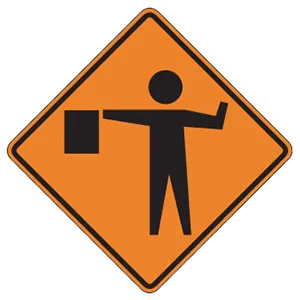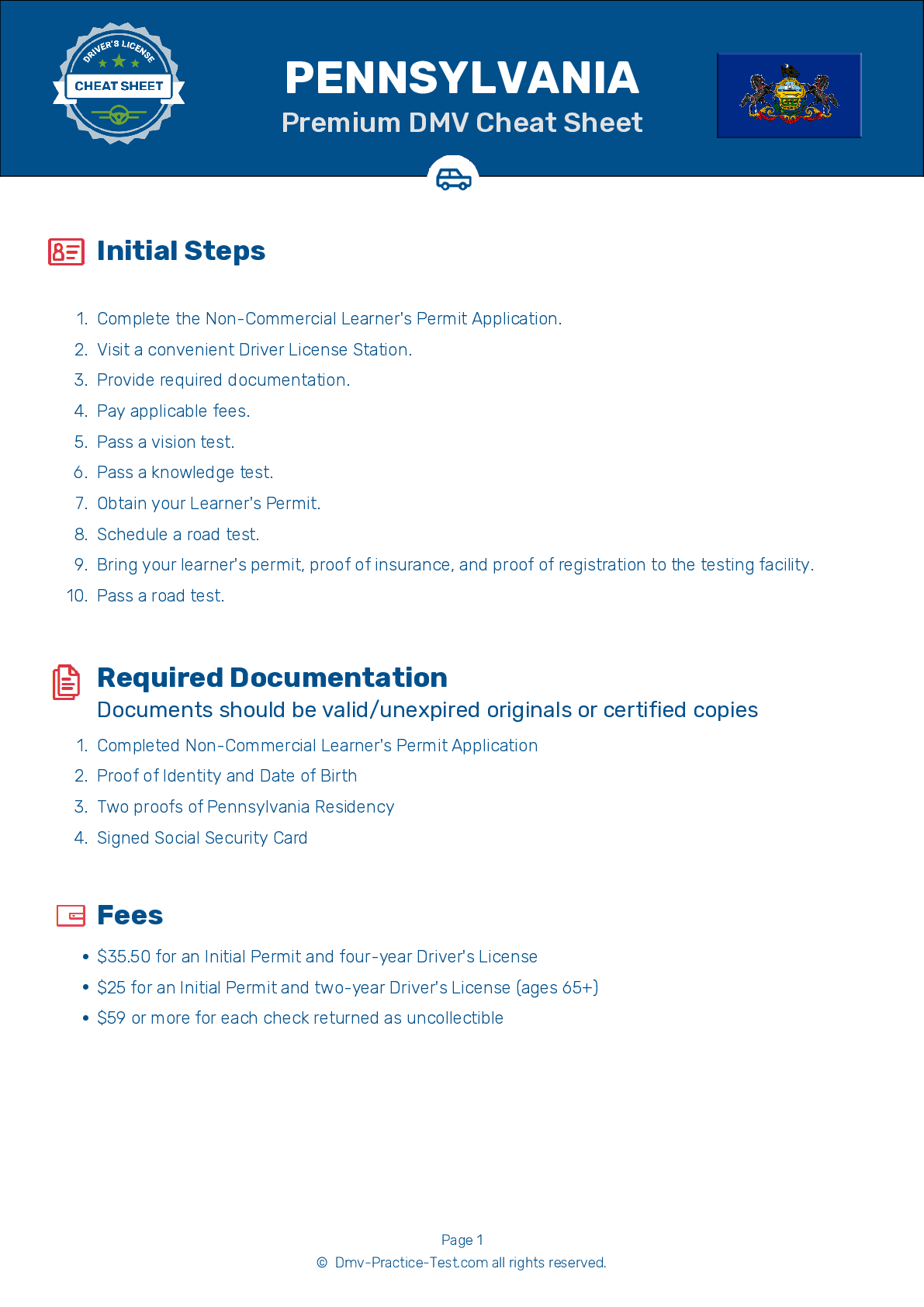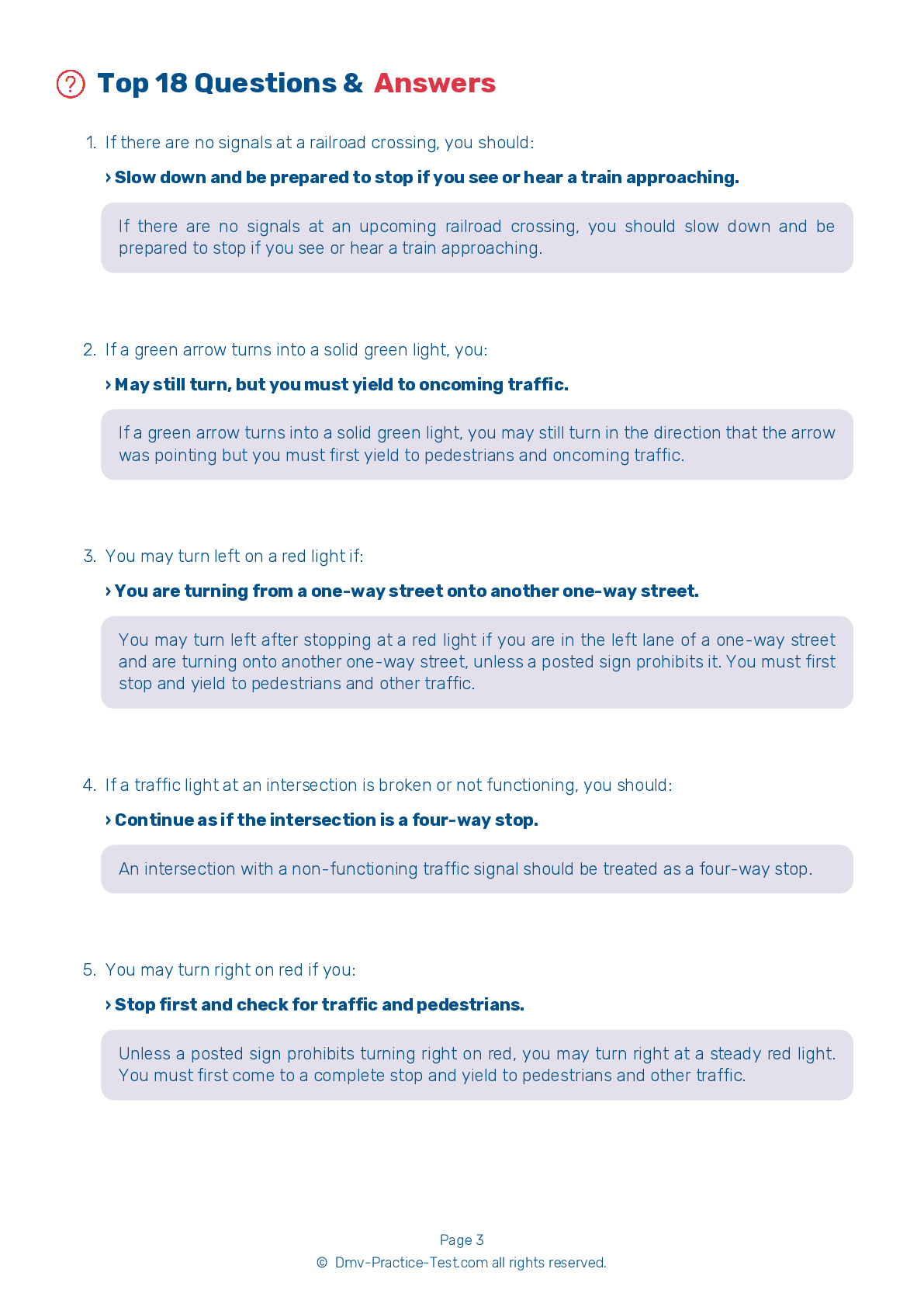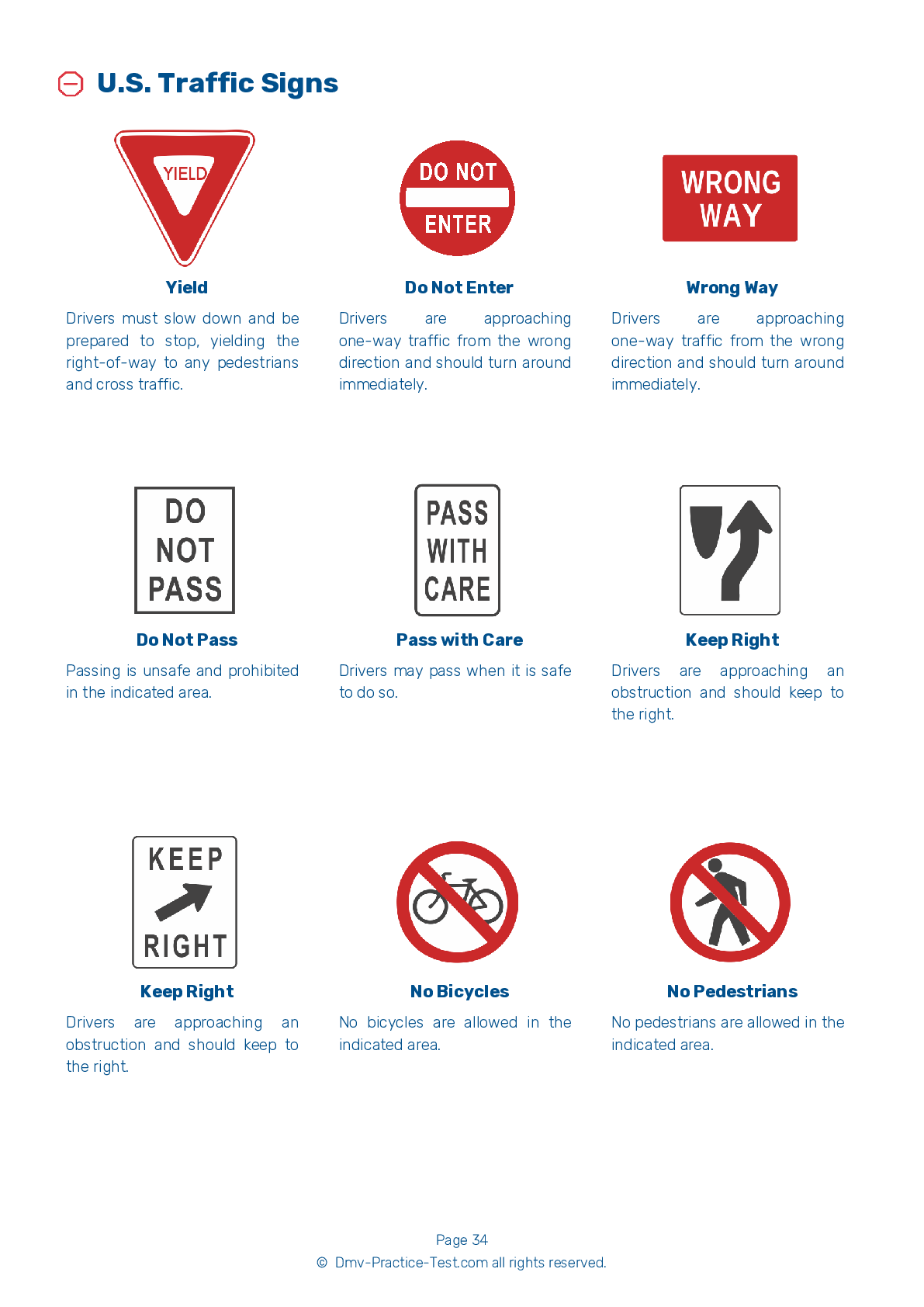FREE Pennsylvania DMV Practice Test #2
The Pennsylvania DMV practise examinations have been updated for January 2026. It includes questions based on the Pennsylvania Driver Handbook's most essential traffic signals and regulations for 2026. Use actual questions that are very similar (often identical!) to the DMV driving permit test and driver's licence exam to study for the DMV driving permit test and driver's licence exam.
On the practise exam, each question gets a tip and explanation to help you remember the concepts. The written component of the official Pennsylvania DMV test will feature questions about traffic rules, traffic signs, and driving statutes, as well as knowledge from the Driver Handbook.
To obtain a passing grade, you must correctly answer 15 of the 18 questions. Use the practise exam provided by the Pennsylvania Department of Motor Vehicles to help you prepare for your instruction permit or driver's licence.
The DMV exam is available in several languages.
Using any kind of testing assistance will result in an automatic fail, and the DMV may take additional action against your driver's licence, so stay away from it.
1 . If two vehicles arrive to an uncontrolled intersection at the same time:
If two vehicles arrive at the same time to an uncontrolled intersection, the driver on the left must yield to the driver on the right. The driver on the left may then proceed when it is safe to do so.
2 . When you see an emergency vehicle with flashing lights, you must:
When you see an emergency vehicle using its lights or hear it using its siren, you must immediately pull over to the curb or side of the road and stop.
3 . If there are no signals at a railroad crossing, you should:
If there are no signals at an upcoming railroad crossing, you should slow down and be prepared to stop if you see or hear a train approaching.
4 . This sign means:

This sign indicates that there is a flagger ahead controlling traffic in a construction area.
5 . This sign means:




